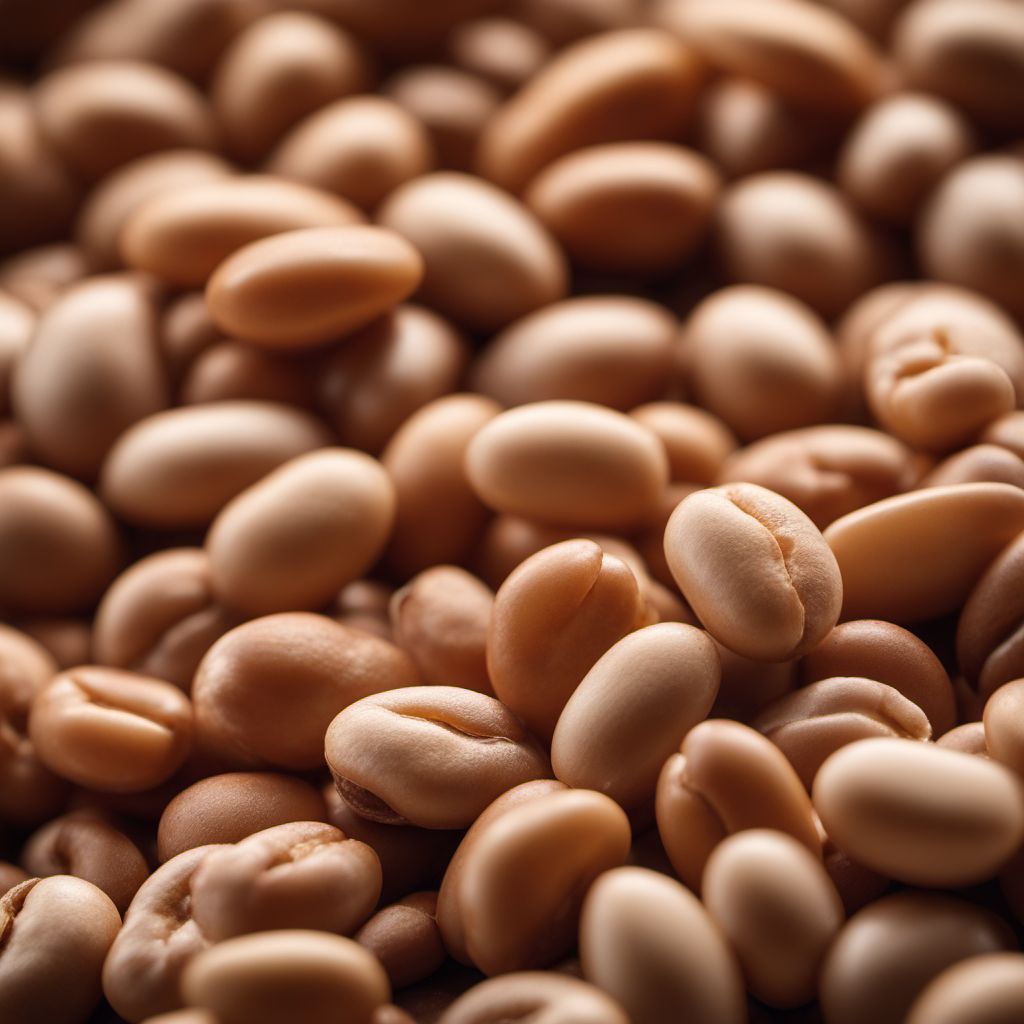
Ingredient
Beans (dry) and similar-
The Versatile Legumes
Beans, including dry varieties, are small, oval-shaped legumes that come in a variety of colors, including red, black, white, and speckled. They have a firm texture and a nutty, earthy flavor. When cooked, they become tender and creamy, making them a staple ingredient in many cuisines around the world.
Origins and history
Beans have been cultivated for thousands of years and have a rich history in various cultures. They are believed to have originated in Central and South America and were a dietary staple for ancient civilizations such as the Aztecs and Incas. Beans were later introduced to Europe by Spanish explorers and spread to other parts of the world through trade routes.
Nutritional information
Beans, including dry varieties, are a nutritional powerhouse, rich in protein, dietary fiber, iron, and folate. They are also low in fat and cholesterol. With their high fiber content, they promote digestive health and help regulate blood sugar levels.
Allergens
Beans, including dry varieties, may cause allergic reactions in some individuals, particularly those with legume allergies. It is advisable to exercise caution if you have a known legume allergy.
How to select
When selecting dry beans, look for ones that are uniform in size, have a smooth surface, and are free from cracks or insect damage. Avoid beans that are discolored or have a musty odor, as these may indicate spoilage. If possible, choose organic beans to minimize exposure to pesticides.
Storage recommendations
To store dry beans, keep them in a cool, dry place in airtight containers to protect them from moisture and pests. They have a long shelf life and can be stored for up to a year. Cooked beans should be refrigerated and consumed within a few days.
How to produce
Dry beans can be easily grown in home gardens or containers, provided they have well-drained soil, adequate sunlight, and regular watering. They require a longer growing season, so it is best to start them indoors and transplant them outdoors after the last frost date.
Preparation tips
Dry beans can be prepared in various ways, including soaking, boiling, pressure cooking, or slow cooking. Soaking the beans overnight before cooking helps reduce cooking time and improves digestibility. They can be used in soups, stews, salads, dips, and as a meat substitute in vegetarian and vegan dishes.
Culinary uses
Dry beans, such as kidney beans, black beans, and chickpeas, are widely used in cuisines around the world. They are essential ingredients in dishes like chili, bean soups, hummus, falafel, and bean salads. They can also be mashed and formed into patties for veggie burgers.
Availability
Dry beans, including kidney beans, black beans, and chickpeas, are cultivated and consumed in many countries, including the United States, Mexico, India, Brazil, China, and Ethiopia.
More ingredients from this category » Browse all
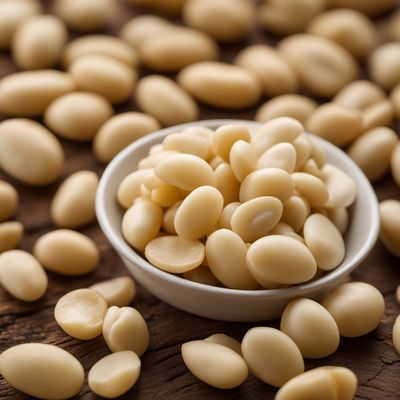
Lima beans (dry)
The Versatile Lima Beans

Mung beans (dry)
The Mighty Green Legume
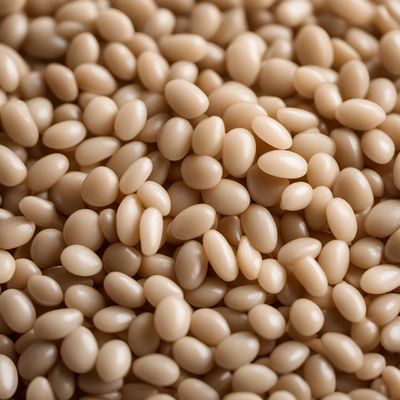
Rice beans (dry)
The Versatile Powerhouse: Rice Beans

Guar beans (dry)
Versatile Legumes: Guar Beans

Black eyed peas (dry)
The Lucky Legume

Borlotti or other common beans (dry)
The Versatile Dried Beans

Runner beans (dry)
The Versatile Legume: Exploring the World of Dry Runner Beans

Vetches (dry)
The Nutrient-Packed Legume: Dry Vetches

Broad beans (dry)
Hearty and Nutritious: The Dried Legume Powerhouse
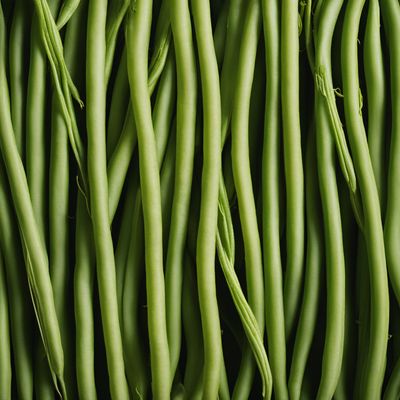
Yardlong beans (dry)
The Nutrient-Packed Legume: Yardlong Beans

Monantha vetches (dry)
The Versatile Monantha Vetches
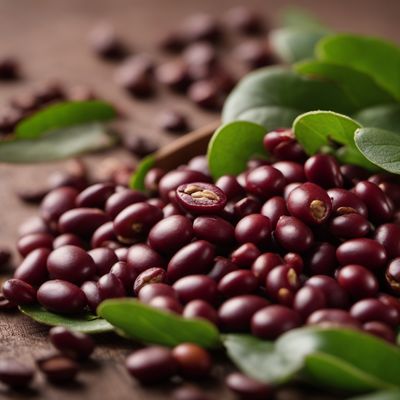
Azuki beans (dry)
The Tiny Powerhouse: Azuki Beans